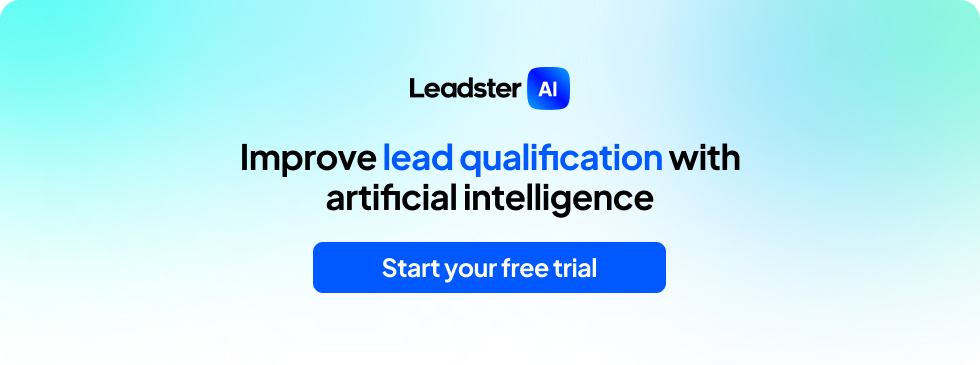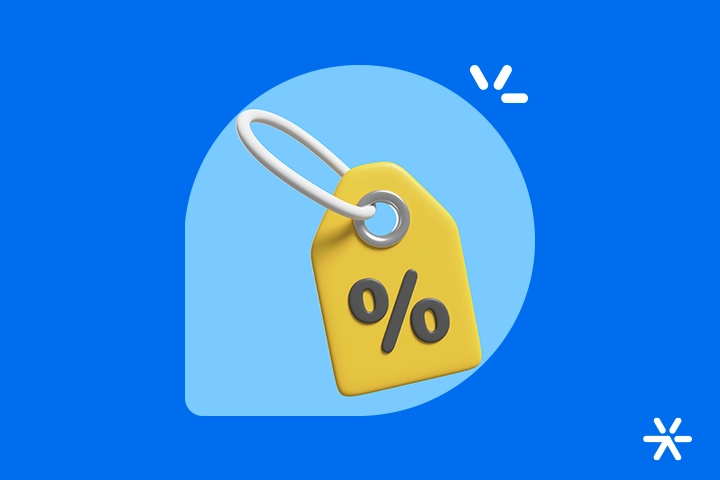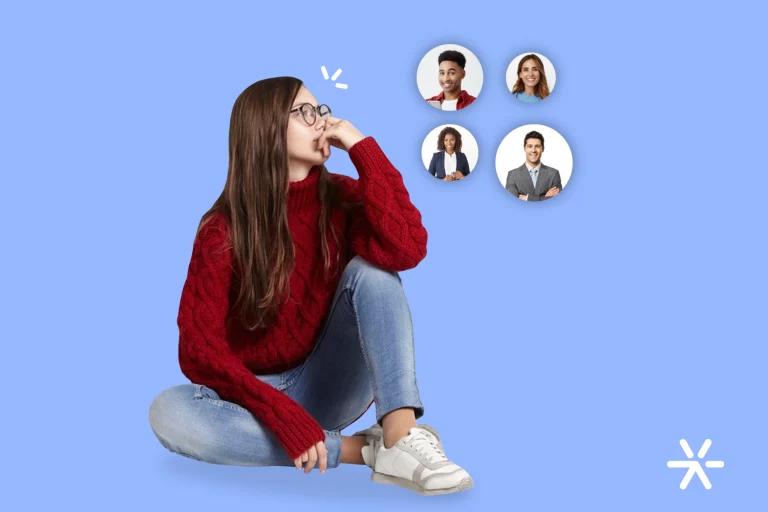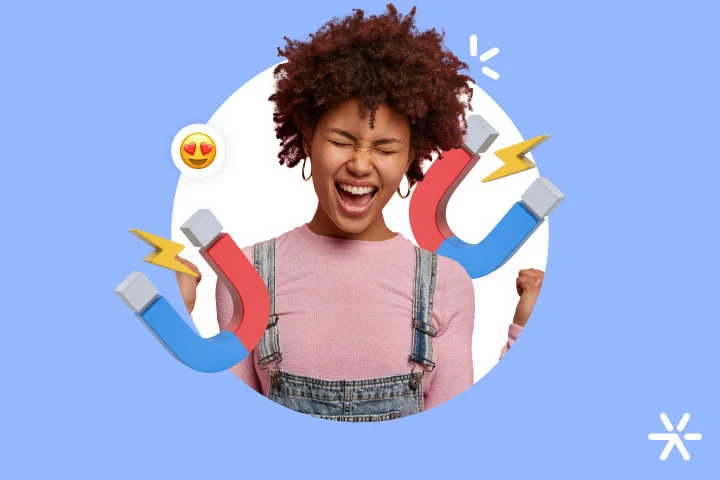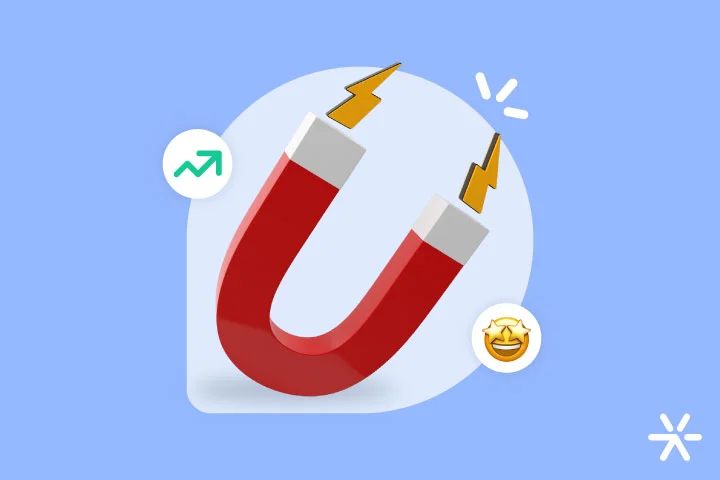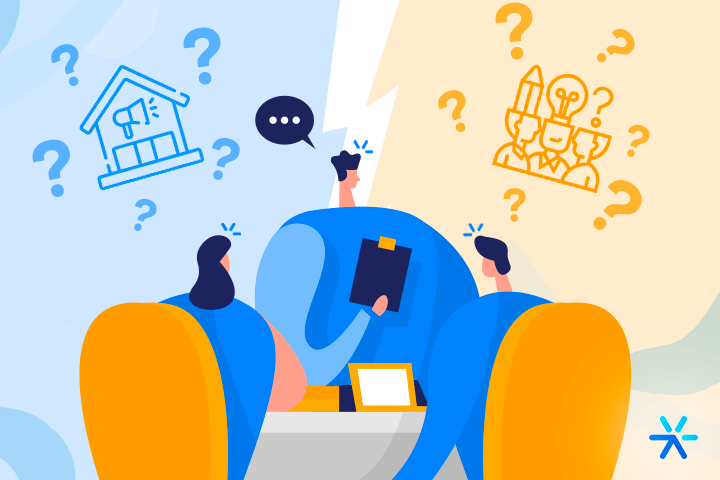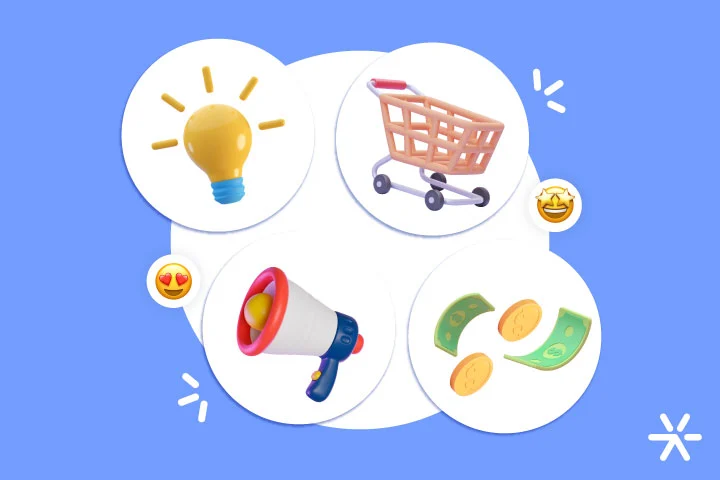Scarcity Trigger: Understand What It Is and How to Apply It!
Do You Know That Moment When You “Just Go For It,” Make a Purchase, and Then Wonder What Made You Make That Decision Out of Nowhere?
The scarcity trigger might be behind that situation.
Marketing often works with human psychology, with the feeling of urgency, with what is at risk of running out.
In marketing, this feeling is known as the scarcity trigger.
If you want to understand better what this trigger is and how to apply it, keep reading the article.
Let’s go!
What Are Mental Triggers?

Mental triggers are pieces of information that elicit emotions in the consumer when they encounter a product or service and, from there, intend to encourage the user to take action.
Remember that our brain is programmed to make various decisions throughout the day, often automatically — like blinking, going to the bathroom, etc.
This is where sales mental triggers come into play, as they are used precisely to stimulate a purchase unconsciously.
The main mental triggers are:
- Affinity;
- Social Proof;
- Authority;
- Commitment and Consistency;
- Reciprocity;
- Scarcity.
Read also: What Is Attraction Marketing and How to Apply It to Your Business
Why Is It Important to Use Mental Triggers in Sales Strategies?
By using mental triggers in sales strategies, you are putting another persuasion tactic into practice, increasing the chances of convincing the consumer to buy your product or service.
In other words, since marketing heavily relies on user behavior, applying mental triggers helps the sales team understand exactly how the purchase process works for a specific target audience.
What Are Scarcity Mental Triggers?
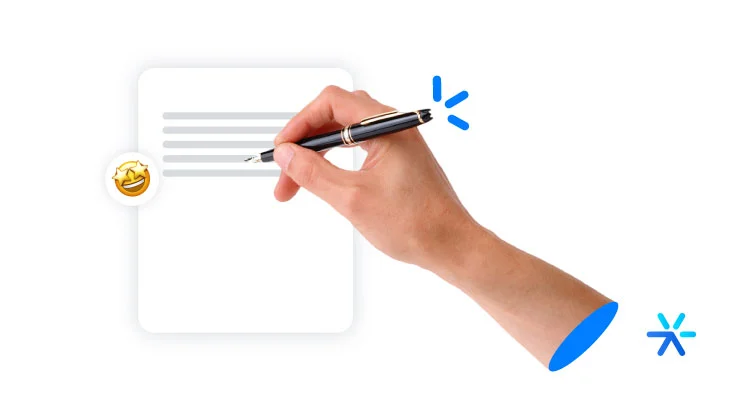
Human beings tend to desire what is in short supply or no longer exists — that is, we place more importance on what we have already lost or are about to lose.
From this, scarcity mental triggers were created so that the customer understands that a specific opportunity is about to end, so it is better for them to take action as soon as possible.
Some examples include phrases like:
- “Limited spots available”;
- “Offer valid until tomorrow”;
- “Discount for the first 5 purchases”;
- “Only 2 units left.”
See how the scarcity trigger is applied in the ads below:
How to Apply the Scarcity Trigger?
We’ve already given some examples of phrases that apply the scarcity trigger, but let’s go over some situations where this strategy can be very well utilized.
The main way to apply the scarcity trigger is when your product or promotional plan (for example) has only a few units or spots available.
Another example is if your special promotion with limited units — whether for a commemorative date or Black Friday — is about to end.
Regardless of the situation, it’s essential to highlight the scarcity information in your communication materials.
Scarcity vs. Urgency
It’s common to confuse the scarcity mental trigger with the urgency trigger, but we’re here to clarify their differences.
The main difference between these two concepts is that urgency is more related to time, while scarcity is linked to quantity.
In other words, in the urgency trigger, you see more phrases like “Offer ends tomorrow!” and “Only X hours left for the promotion to end.”
In scarcity, the copy focuses on quantity: “50% off for the first 10 buyers only.”

How Does the Scarcity Mental Trigger Work in Marketing?
The scarcity mental trigger stimulates the feeling of loss in people — that something is about to end.
Therefore, marketing campaigns that use this trigger employ techniques such as countdowns, “last units,” limited time offers, and others to make it clear to the consumer that their chance to get the product or service is running out.
Where Can I Apply Scarcity Mental Triggers?

Scarcity mental triggers can be applied to all types of content used by your company.
So, you can place them on your website, blog, social media, email marketing, newsletters, landing pages, and paid media campaigns.
But be careful not to overdo it, and always remember to combine the mental trigger with a good copywriting model, so it doesn’t look like just an isolated piece of information in the article.
Read also: Copywriting and Digital Marketing: How Does This Fusion Work?
Examples of Scarcity Trigger Applications
Here are four scarcity trigger formats you can apply to your strategy:
Time-Based Scarcity
This format is common in the retail and e-commerce sectors.
It can also appear in other content as an urgency trigger.
Here, the consumer is persuaded to purchase with the threat that time is running out.
Examples:
- “Only until tomorrow!”;
- “Hurry to the store, as you only have until tomorrow to make the purchase”;
- “The offer will only be available until midnight.”
Bonus Scarcity
Bonus scarcity is when the company offers only some consumers a discount, coupon, or other special condition.
Interest is sparked through phrases like:
- “Discount only for the first 10 registrants”;
- “The first 100 callers will get 50% off.”
Limited Spots Scarcity
You know when you look for travel packages (flight + hotel), online courses, events, or even shows?
That’s when the limited spots scarcity appears, grabbing your attention to the remaining spots that are about to run out.
Some common phrases include:
- “Only 3 spots left for the desired date”;
- “Only 5 spots left for the last Photoshop course of the year.”
Access-Based Scarcity
Lastly, we have access-based scarcity.
This trigger is activated when something is offered only to a selected group of people, automatically sparking consumer curiosity.
It can also relate to the exclusivity trigger.
Some examples are:
- “Few accesses left to the Leadster group on Lead Generation”;
- “Access to the conversational marketing community is limited — hurry and secure yours!”
Why Is Scarcity One of the Strongest Triggers?
Humans tend to desire what is rare, exclusive, and unique.
And that’s exactly what the scarcity mental trigger provokes in the consumer.
Since this strategy stimulates the purchasing decision through the feeling that they might lose a unique and advantageous opportunity, the likelihood of the person declining is lower, as they won’t want to miss out on something so “unique.”
So, Are You Ready to Apply the Scarcity Trigger to Your Marketing Strategy?
A good place to start applying mental triggers is in your conversion calls.
Check out some examples applied to Leadster’s chatbot:
Create your free account and start applying mental triggers on your website!
